Comments / Questions (61)
![]() Adriana wrote:
Adriana wrote:
Ciao. Volevo sapere cosa si intende per aumento ogni 3 giri. Cioè faccio 2 giri e aumento sul terzo o faccio 3 giri e aumento sul quarto? Grazie mille
27.10.2019 - 23:36DROPS Design answered:
Buongiorno Adriana. Lavora due giri senza aumenti e poi aumenta al terzo. Buon lavoro!
28.10.2019 - 07:17
![]() Maryla wrote:
Maryla wrote:
Nie mogę zrozumieć jak wykonać : W TYM SAMYM CZASIE dodać z każdej strony wszystkich (1 o.l., 3 o.p., 1 o.l.) – PATRZ DODAWANIE OCZEK = 8 dodatkowych o. Przer. dodawane o. na praw. Przeciez 1ol, 3op. 1o.l z dwóch stron to 10 oczek a nie 8. Gdzie zacząć je dodawać i od jakiego zacząć. To nie jest zrozumiałe
22.10.2019 - 16:57DROPS Design answered:
Witaj Marylo! W całym okrążeniu sekwencja (1 o.l., 3 o.p., 1 o.l.) występuje 4 razy > jest to w miejscach linii reglanów (tak jakbyś wykonywała sweter). Jeżeli dodasz po 1 o. z każdej strony tej sekwencji oczek to otrzymasz 8 dodatkowych oczek w okrążeniu (4x2=8). Później co 3 okrążenia powtarzasz to samo jeszcze 15-16-16 razy (w zależności od rozmiaru). Miłej pracy!
23.10.2019 - 08:27
![]() Anfal Wedaa wrote:
Anfal Wedaa wrote:
Thanks ,how I could send to you the photo of the poncho after finishing it ? And one more question When we increase every 3rnd It will be p1 k4 p1 and increase like that or we increase the k11 to be k 15 ?
08.07.2019 - 14:10DROPS Design answered:
Dear Mrs Wedaa, when inc on each side of P1,k3,P1 you will increase in the K section on each side, so that in 2nd and 3rd size you will get after 1st increase: at the beg of the repeat: K12 (P1, K3,P1) K3, P1, A.1 ... and A.1, K3, (P1, K3, P1), K12 at the end of the repeat. You can tag us in the social medias with #dropsfan - read more here and join us in the DROPS Workshop. Happy knitting!
08.07.2019 - 14:37
![]() Anfal Wedaa wrote:
Anfal Wedaa wrote:
Thanks for video but can I ask more one question! When I finish the row one on k11 .. start the second row with k11 or p1 ?
08.07.2019 - 09:20DROPS Design answered:
Dear Mrs Wedaa, you have to work all rounds as follows: * K11-11, P 1, K 3, P 1, K 2-2, P 1, A.1 (= 3 sts), P 2, A.2 (= 13 sts), ** P 2, A.1 **, repeat from **-** 0-1 more time, P 2, A.2, P 2, A.1, P 1, K 2-2, P 1, K 3, P 1, K 11-11 *, repeat from *-* 1 more time, ie work all stitches on the round as explained above, at the same time work row 1 in each diagram. On next round (=2nd round, work the stitches K over K and P over P and work row 2 in diagrams). Happy knitting!
08.07.2019 - 10:52
![]() Nathalie Bourassa wrote:
Nathalie Bourassa wrote:
Bonjour, merci pour vos magnifiques patrons. Je réalise présentement le modèle 157-15 , j’ai montré le cou à 138 mailles maintenant je dois augmenter de 24 mailles ce qui donne une augmentation au 5,75 mailles. Alors j’augmente à la 5ième et 6ième ou seulement à la 6ième mailles? Merci beaucoup!
15.10.2018 - 00:56DROPS Design answered:
Bonjour Mme Bourrassa, augmentez après alternativement chaque 5ème et chaque 6ème m, mais veillez à bien vérifier votre nombre de mailles - voir aussi ici. Bon tricot!
15.10.2018 - 10:51
![]() Germana wrote:
Germana wrote:
Buonasera nelle spiegazioni degli intrecci mi manca 1 maglia .....dice trasferirire 3 m sul ferro ausiliario lavorare 3 m a dritto e 2 m dir dal ferro ausiliario .....ma le maglie in tutto non sono 6? Grazieeee
09.10.2018 - 21:00DROPS Design answered:
Buonasera Germana. Abbiamo corretto il testo. La ringraziamo per la segnalazione. Buon lavoro!
09.10.2018 - 21:05
![]() Amurtiger wrote:
Amurtiger wrote:
1 Kraus Rippe in Hin und Rückreihen = 2 Reihen rechts Fehler: 1 Reihe rechts
04.05.2017 - 17:32DROPS Design answered:
Lieber Frau Amurtiger, wenn mann 1 Kraus Rippe hin und zurück strickt, muss man 2 Reihe rechts stricken (1 Hinreiche rechts + 1 Rückreihe rechts). Viel Spaß beim stricken!
11.05.2017 - 14:30
![]() Eurydice wrote:
Eurydice wrote:
Please help, I am trying to do the poncho & when I do increases the pattern does not describe how to work the additional stitches that fall into the cable pattern. Am I just to do increases around the cable patterns so that it does not interfere with the cable pattern? Or do I work the increases into the cable pattern which will adjust the overall look of the garment? Please help. I am lost with this pattern as it does not provide much detail with the poncho.
01.02.2017 - 23:58DROPS Design answered:
Dear Eurydice, inc for poncho are worked on either side of (P1,K3,P1) worked a total of 4 times in the round as raglan lines, work the inc sts in stocking st, so that inc will be worked before or after cable patterns and will not interfere the patterns. Happy knitting!
02.02.2017 - 10:11
![]() Eurydice wrote:
Eurydice wrote:
I made the headband but it did not come out the same as it is pictured on your site. I would like to know if I am suppose to work charts A.1 and A.2 front and back from starting with row 1-8 for A.2 and 1-4 for A.1? If so, I am also to work chart A.1 repeatedly over chart A.2? Please help.
31.01.2017 - 21:03DROPS Design answered:
Dear Eurydice, when working the headband, you'll work the diagrams on same row, ie: K 2, P 1, A.1 (= 3 sts), P 2, A.2 (= 13 sts), P 2, A.1, P 1, K 2. When A.1 has been worked 1 time in height, repeat A.1 from row 1. When A.2 has been worked 1 time in height you have worked 2 repeats of A.1 in height. Happy knitting!
01.02.2017 - 09:24
![]() Eurydice wrote:
Eurydice wrote:
Also, for the poncho when doing the increases the pattern does not describe or detail how to work the additional stitches that fall into the cable pattern. Am I just to do increases around the cable patterns so that it does not interfere with the cable? Or do I work the increases into the cable pattern which will adjust the overall look of the garment? Please help. I am lost with this pattern as it does not provide much detail with the poncho.
31.01.2017 - 21:00DROPS Design answered:
Dear Eurydice, you are working ( P 1, K 3, P 1) a total of 4 times in the round (like raglan lines), and the inc have to be worked on either side of these sts: inc, P1,K3,P1, inc. Inc will not affect the cable patterns. Happy knitting!
01.02.2017 - 09:17
Cold Springs#coldspringsset |
||||||||||||||||||||||
|
|
||||||||||||||||||||||
Knitted DROPS poncho and head band with cables, worked top down in ”Alaska”. Size S-XXXL.
DROPS 157-15 |
||||||||||||||||||||||
|
PATTERN: See diagrams A.1-A.2. The diagrams show all rows in pattern seen from RS. GARTER ST (in the round on circular needle): * K 1 round and P 1 round *, repeat from *-*. 1 ridge = 2 rounds. GARTER ST (back and forth on needle): K all rows. 1 ridge = K2 rows. INCREASE TIP: Inc 1 st by making a YO. On next round K YO twisted (i.e. work in back loop of st instead of front) to avoid holes. ---------------------------------------------------------- PONCHO: Worked in the round on circular needle, top down. Cast on 132-138-144 sts on circular needle size 4 mm / US 6 with Alaska. K 1 round. Then work rib (= K 3/P 3). When piece measures 10 cm / 4'', work 1 ridge in GARTER ST - see explanation above AT THE SAME TIME on 1st row inc 18-24-28 sts evenly = 150-162-172 sts. Switch to circular needle size 5 mm / US 8. REMEMBER THE GAUGE! Round now beg in one side of piece. * K 9-11-11, P 1, K 3, P 1, K 1-2-2, P 1, A.1 (= 3 sts), P 2, A.2 (= 13 sts), ** P 2, A.1 **, repeat from **-** 0-0 1 more time, P 2, A.2, P 2, A.1, P 1, K 1-2-2, P 1, K 3, P 1, K 9-11-11 *, repeat from *-* 1 more time. AT THE SAME TIME inc on each side of all P 1, K 3, P 1 – SEE INCREASE TIP = 8 sts inc. K inc sts. Repeat inc every 3rd round 16-17-17 times in total = 278-298-308 sts. Continue pattern. When piece measures 41-43-45 cm / 16"-17"-17 3/4", switch to circular needle size 4 mm / US 6 and work 1 ridge over all sts AT THE SAME TIME inc 4-2-4 sts evenly = 282-300-312 sts. Then work rib = K 3/P 3 until piece measures 45-47-49 cm / 17 3/4"-18½"-19 1/4". Bind off sts with K over K and P over P. ---------------------------------------------------------- HEAD BAND: Worked back and forth on needle. Cast on 23 sts on needle size 5 mm / US 8 with Alaska. Work 1 ridge in GARTER ST - see explanation above AT THE SAME TIME on last row inc 6 sts evenly = 29 sts. Then work as follows from RS: K 2, P 1, A.1 (= 3 sts), P 2, A.2 (= 13 sts), P 2, A.1, P 1, K 2. Continue pattern like this. REMEMBER THE GAUGE! When piece measures 47 cm / 18½'', work 1 ridge over all sts AT THE SAME TIME on 1st row dec 6 sts evenly = 23 sts. Bind off. Sew head band tog mid back. |
||||||||||||||||||||||
Diagram explanations |
||||||||||||||||||||||
|
||||||||||||||||||||||
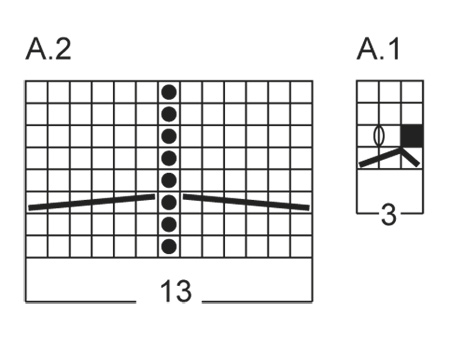 |
||||||||||||||||||||||
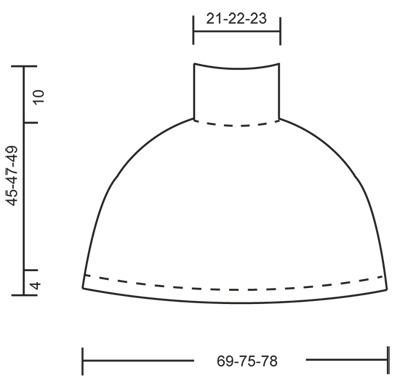 |
||||||||||||||||||||||
Have you finished this pattern?Tag your pictures with #dropspattern #coldspringsset or submit them to the #dropsfan gallery. Do you need help with this pattern?You'll find 16 tutorial videos, a Comments/Questions area and more by visiting the pattern on garnstudio.com. © 1982-2025 DROPS Design A/S. We reserve all rights. This document, including all its sub-sections, has copyrights. Read more about what you can do with our patterns at the bottom of each pattern on our site. |
||||||||||||||||||||||








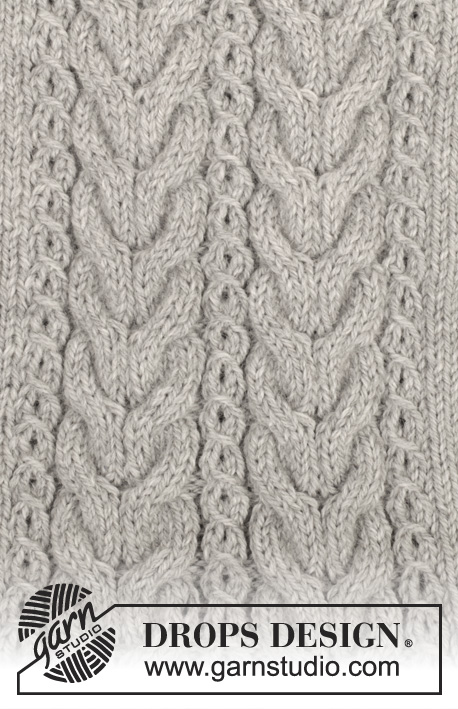




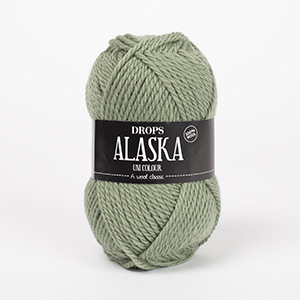
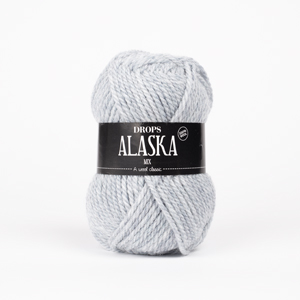







































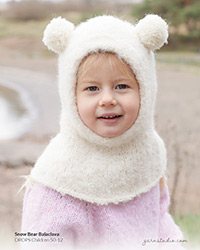
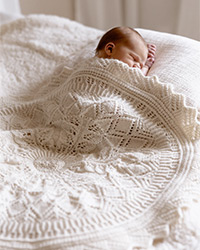
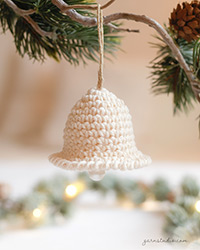
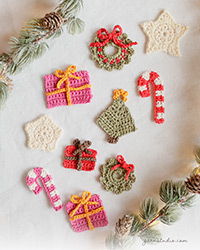

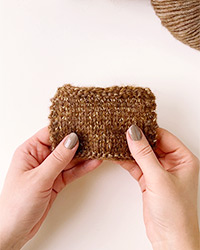
Post a comment to pattern DROPS 157-15
We would love to hear what you have to say about this pattern!
If you want to leave a question, please make sure you select the correct category in the form below, to speed up the answering process. Required fields are marked *.